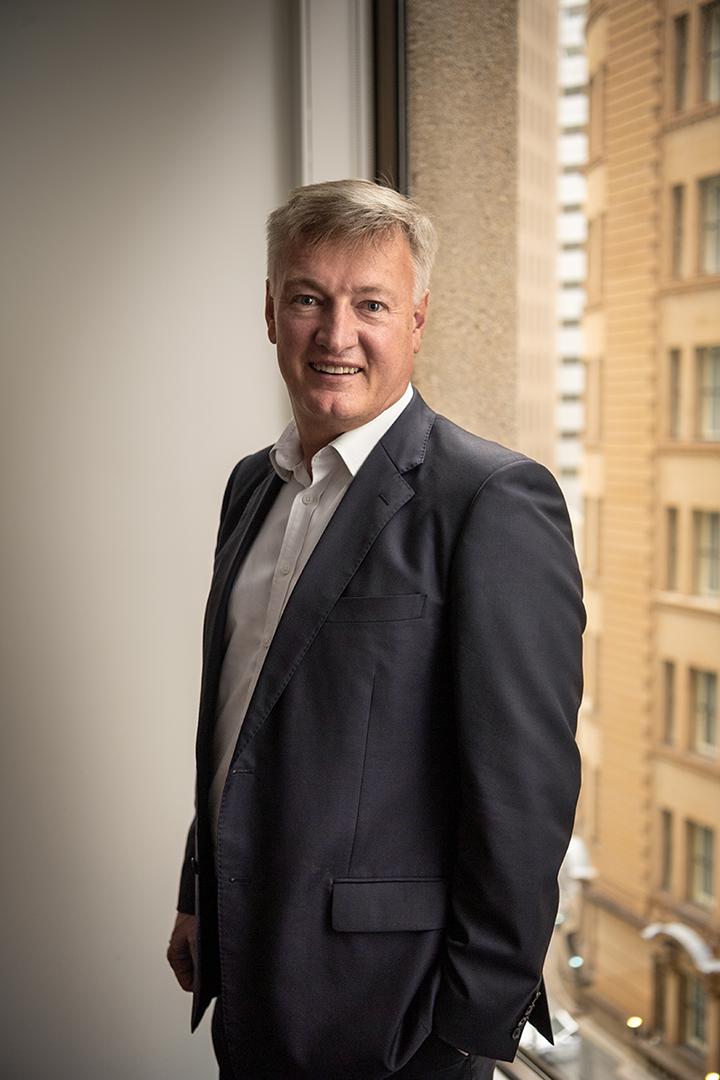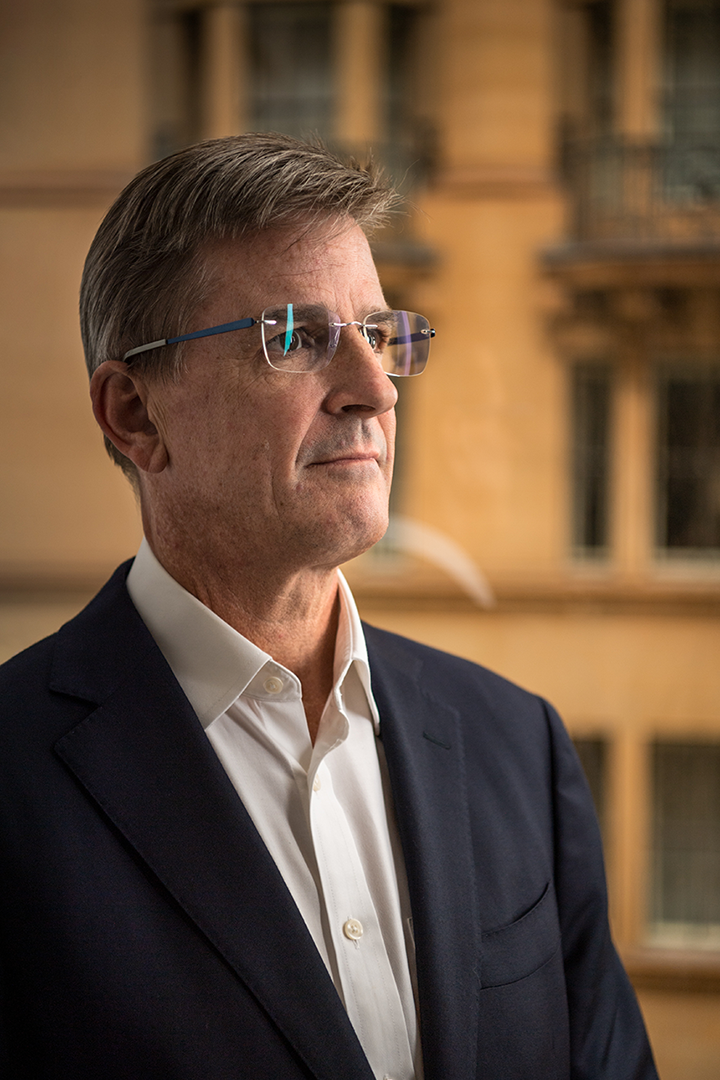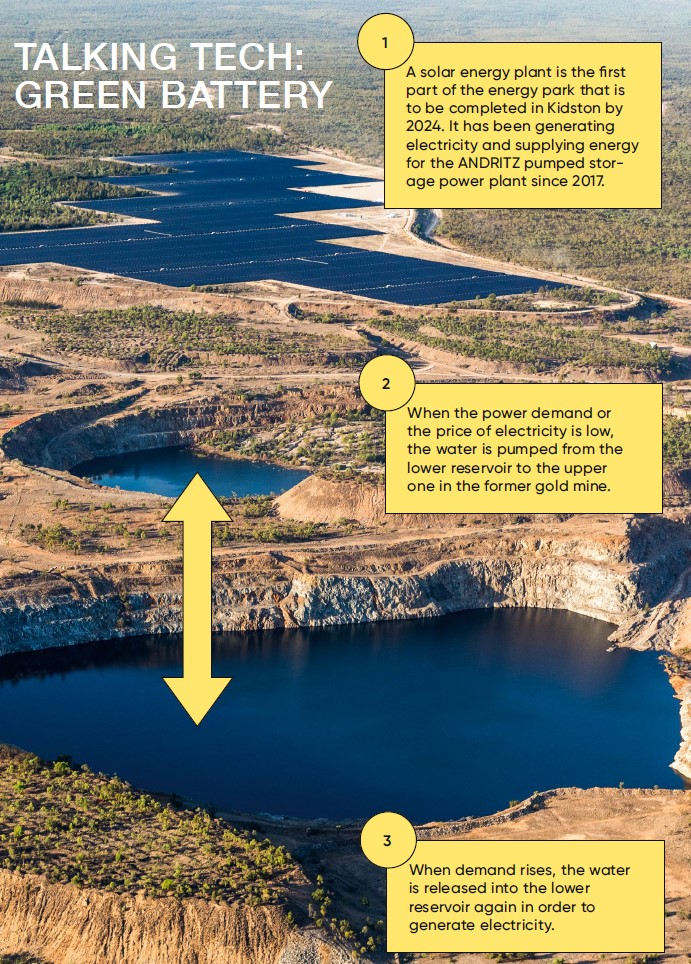What are the biggest challenges in such a project?
JH: Of course, a project of this kind in a remote area is always a challenge in terms of both logistics and manpower. The mine is a long way away from the existing power grid, so we need a long power transmission line to connect to the pumped storage power station. However, the fact that the Queensland government is providing a large part of the funding for the new power transmission line shows how important the project is for the state. Another aspect concerns the water on the site: We have undertaken to manage it with great care.
So far, Australia has been known more for its coal industry. Is there now a wind of change?
SK: Essentially, Australia embarked upon changing its energy sources several years ago. Individual states, particularly New South Wales, South Australia and Queensland, are working very hard to promote renewable energy sources. Our project, for example, will help Queensland achieve its goal of 50% renewable energy by 2030. That’s why the state government is providing 150 million Australian dollars for extension of the transmission line. At the COP26 climate summit in Glasgow, the Australian government also announced that it intends being climate-neutral by 2050. On the whole, we need more hydropower in addition to large quantities of wind and solar energy.
So we will also need storage devices for all this energy?
JH: Exactly. In addition to technologies like lithium-ion batteries for short-term storage, a pumped storage power station like the one being built in Kidston is a very important way of providing large amounts of energy for longer periods as well, covering peaks in electricity demand, and stabilizing the grid. What is more, it contributes towards creating 900 direct and up to 3,000 indirect jobs. It is sustainable in terms of ecology, economy and society.











